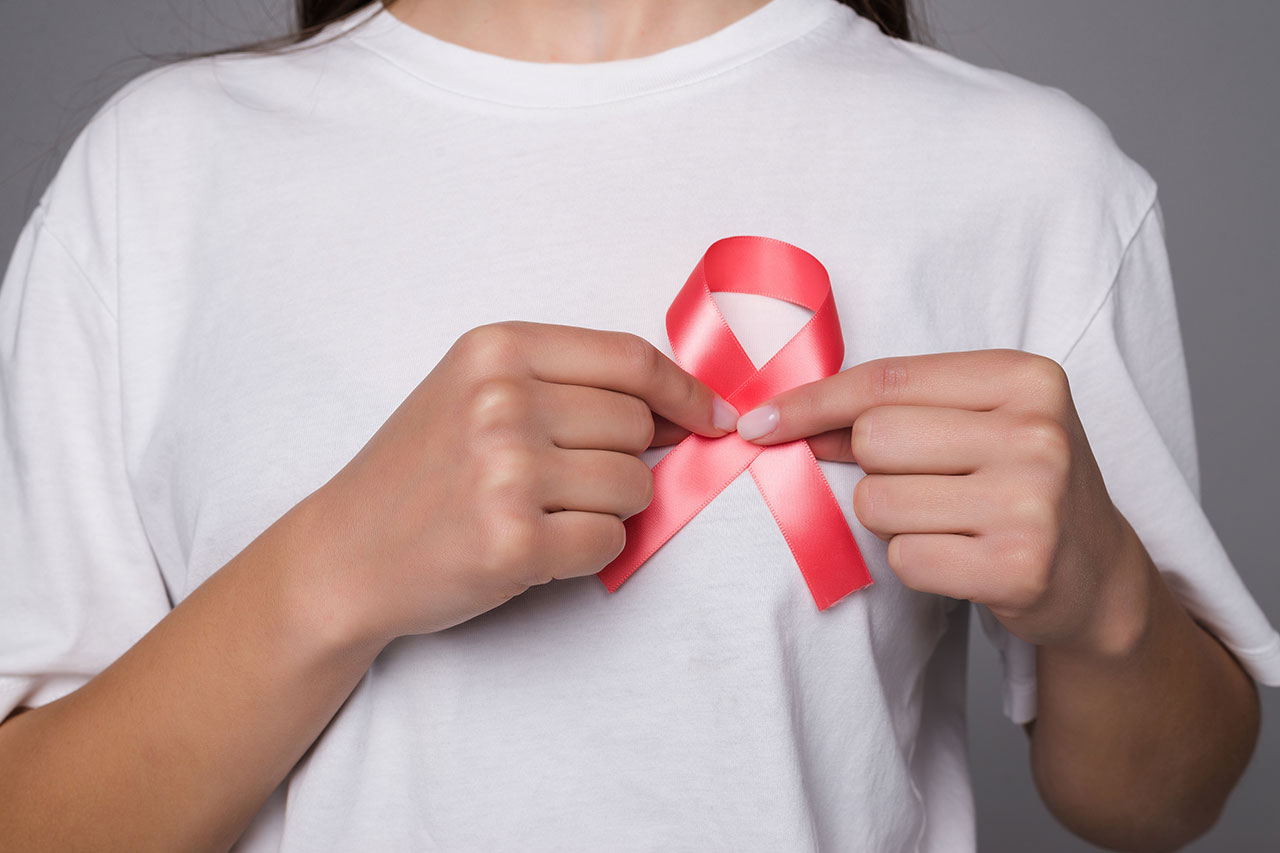Passive smoking, also known as secondhand smoke, refers to the inhalation of cigarette smoke by non-smokers who are in close proximity to smokers. It is a serious health issue that affects millions of people worldwide. Despite awareness campaigns and efforts to reduce smoking, passive smoking continues to be a major public health concern.
In this article, we will explore the risks and health effects of passive smoking and provide preventive measures to reduce exposure.
Passive smoking, also known as secondhand smoke, exposes non-smokers to the same harmful chemicals as smokers. The risks of passive smoking include:
- Increased risk of lung cancer: Non-smokers who are exposed to cigarette smoke have an increased risk of developing lung cancer. According to the World Health Organization (WHO), passive smoking is responsible for about 12% of lung cancer deaths worldwide.
- Increased risk of heart disease: Passive smoking can lead to an increased risk of heart disease. The chemicals in cigarette smoke can damage the lining of blood vessels and lead to the development of fatty deposits in the arteries.
- Increased risk of stroke: Passive smoking can also increase the risk of stroke. The chemicals in cigarette smoke can damage blood vessels in the brain and increase the risk of blood clots.
- Respiratory problems: Non-smokers who are exposed to cigarette smoke can experience respiratory symptoms such as coughing, wheezing, and shortness of breath. They are also at an increased risk of developing respiratory infections such as bronchitis and pneumonia.
- Sudden Infant Death Syndrome (SIDS): Passive smoking is a significant risk factor for SIDS, also known as crib death. Babies who are exposed to cigarette smoke are at an increased risk of dying from SIDS.
- Worsening of pre-existing medical conditions: Passive smoking can worsen pre-existing medical conditions such as asthma, allergies, and chronic obstructive pulmonary disease (COPD).
Health Effects of Passive Smoking
Passive smoking, or secondhand smoke, can have a range of health effects on non-smokers. The harmful chemicals in cigarette smoke can affect different organs and systems in the body, leading to various health problems.
Here are some of the health effects of passive smoking:
- Respiratory problems: Passive smoking can cause respiratory problems such as coughing, wheezing, and shortness of breath. It can also exacerbate pre-existing respiratory conditions such as asthma and chronic obstructive pulmonary disease (COPD). Children who are exposed to cigarette smoke are more likely to develop asthma and other respiratory infections.
- Increased risk of lung cancer: Non-smokers who are exposed to cigarette smoke have an increased risk of developing lung cancer. According to the World Health Organization (WHO), passive smoking is responsible for about 12% of lung cancer deaths worldwide.
- Cardiovascular problems: Passive smoking can cause cardiovascular problems such as heart disease, stroke, and high blood pressure. The chemicals in cigarette smoke can damage blood vessels, leading to the buildup of fatty deposits in the arteries.
- Sudden Infant Death Syndrome (SIDS): Babies who are exposed to cigarette smoke are at an increased risk of dying from SIDS, also known as crib death. Passive smoking is a significant risk factor for SIDS.
- Ear infections: Children who are exposed to cigarette smoke are more likely to develop ear infections. This is because cigarette smoke can irritate the Eustachian tubes, which connect the middle ear to the throat.
- Pregnancy complications: Pregnant women who are exposed to cigarette smoke are at an increased risk of complications such as premature birth, low birth weight, and stillbirth.
Preventive Measures for Passive Smoking
Reducing exposure to passive smoking is essential to protect non-smokers from the health risks associated with cigarette smoke. The following preventive measures can help reduce exposure to passive smoking:
- Avoid indoor smoking areas: Avoiding indoor areas where smoking is allowed can help reduce exposure to passive smoking. Choose smoke-free restaurants, bars, and public spaces.
- Implement smoke-free policies: Implementing smoke-free policies in the workplace, schools, and public spaces can help reduce exposure to passive smoking.
- Create smoke-free homes: Encourage smokers to smoke outside and create a smoke-free home environment.
- Education and awareness: Educate the public about the dangers of passive smoking and the importance of creating smoke-free environments.
- Support for smokers: Provide support for smokers who want to quit smoking, such as counseling and nicotine replacement therapy.
Conclusion
Passive smoking is a serious health issue that affects millions of people worldwide. Non-smokers who are exposed to cigarette smoke are at an increased risk of developing a range of health problems. To reduce exposure to passive smoking, it is important to implement preventive measures such as avoiding indoor smoking areas, creating smoke-free homes, and educating the public about the dangers of passive smoking.
By working together to create smoke-free environments, we can protect non-smokers from the harmful effects of cigarette smoke.
FAQs
Q: Can passive smoking cause cancer?
A: Yes, passive smoking can increase the risk of developing lung cancer. Non-smokers who are exposed to cigarette smoke have an increased risk of lung cancer compared to those who are not exposed.
Q: Is it safe to smoke outside around others?
A: Smoking outside can still expose others to secondhand smoke. The smoke can drift into nearby buildings or be carried by the wind. It is best to avoid smoking around others altogether.
Q: Can passive smoking affect pets?
A: Yes, pets can also be affected by passive smoking. Cats and dogs that are exposed to cigarette smoke have an increased risk of developing certain cancers, such as lymphoma and lung cancer. They can also experience respiratory problems and other health issues.
Q: What are the laws around passive smoking?
A: Many countries have laws that protect people from the harmful effects of passive smoking. These laws may include smoke-free policies in public spaces and workplaces, restrictions on tobacco advertising and promotion, and higher taxes on tobacco products.
Q: How can you help someone quit smoking to reduce passive smoking exposure?
A: If someone you know smokes, you can encourage them to quit smoking by providing support and resources. You can also educate them about the harmful effects of smoking and the benefits of quitting. Additionally, you can advocate for smoke-free environments in public spaces and workplaces to reduce exposure to secondhand smoke.
Sahil Sachdeva is the Founder of curemedoc.com and a Digital Marketing professional with years of experience. If you need help in Content writing and want to increase your website ranking, connect with him, as he has some premium websites where you can share blogs with DoFollow links and increase your website’s ranking on Google.





